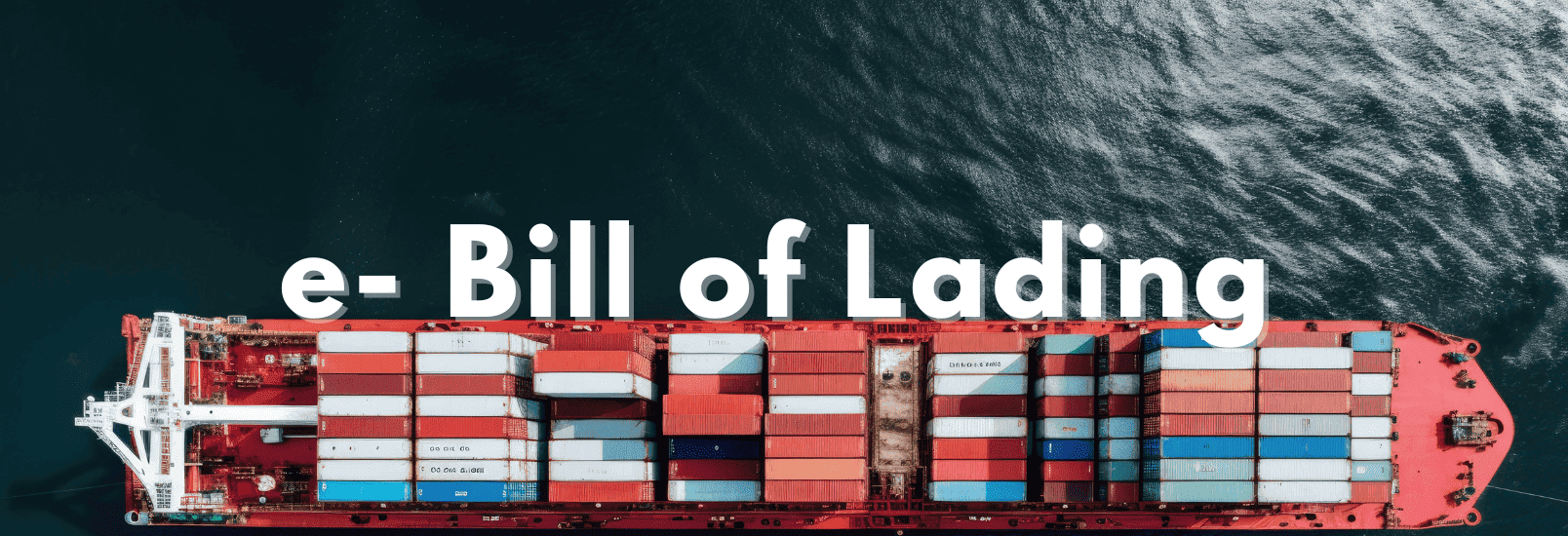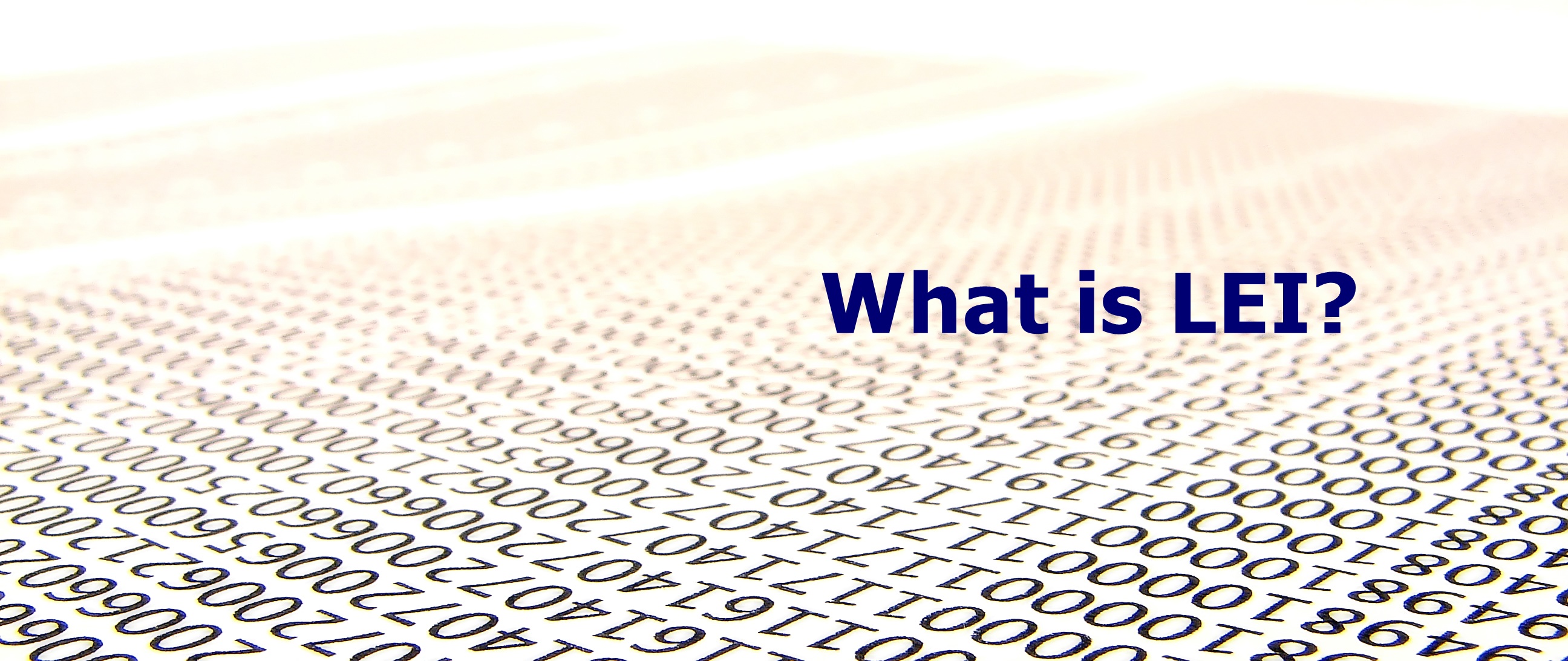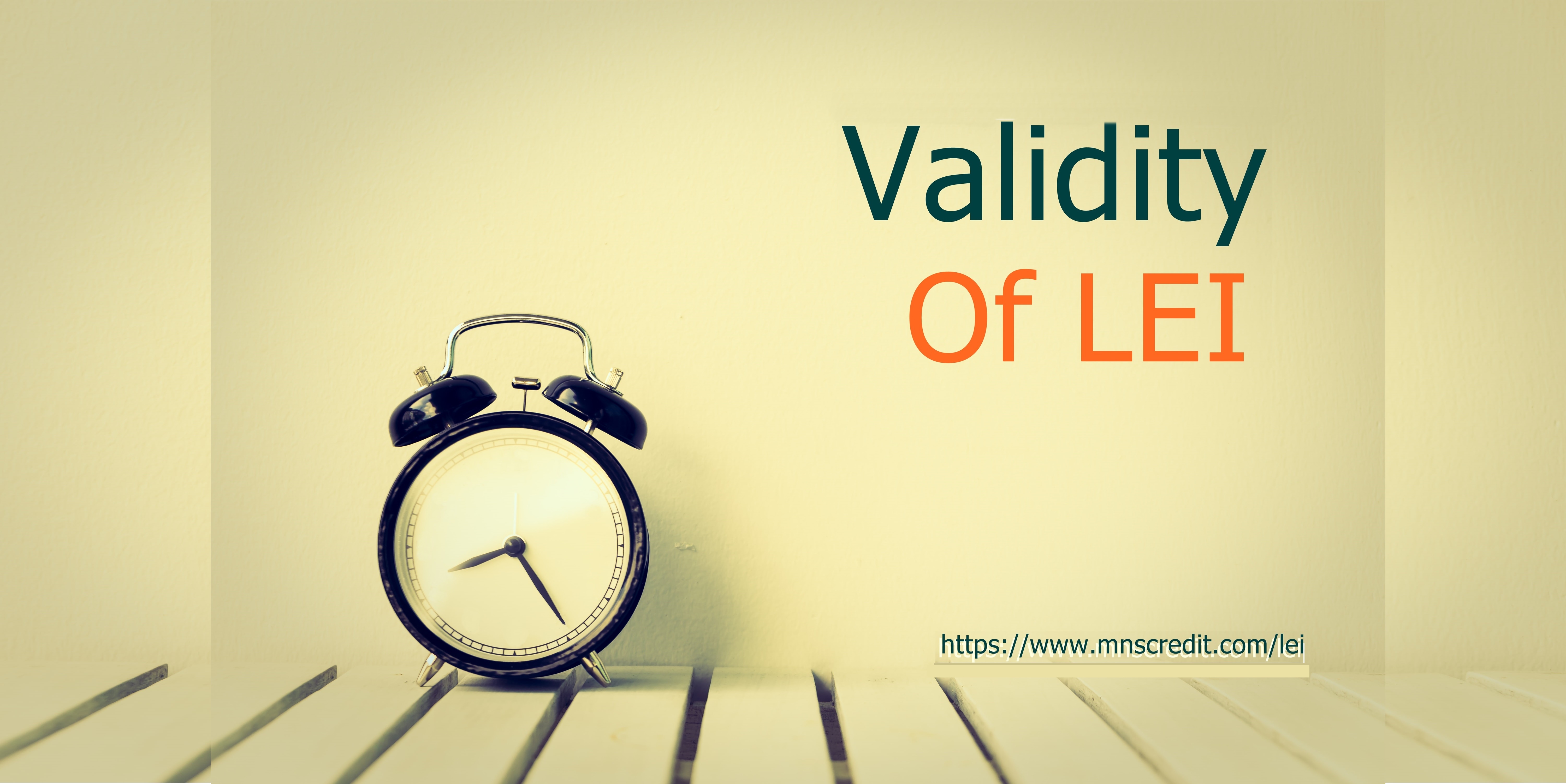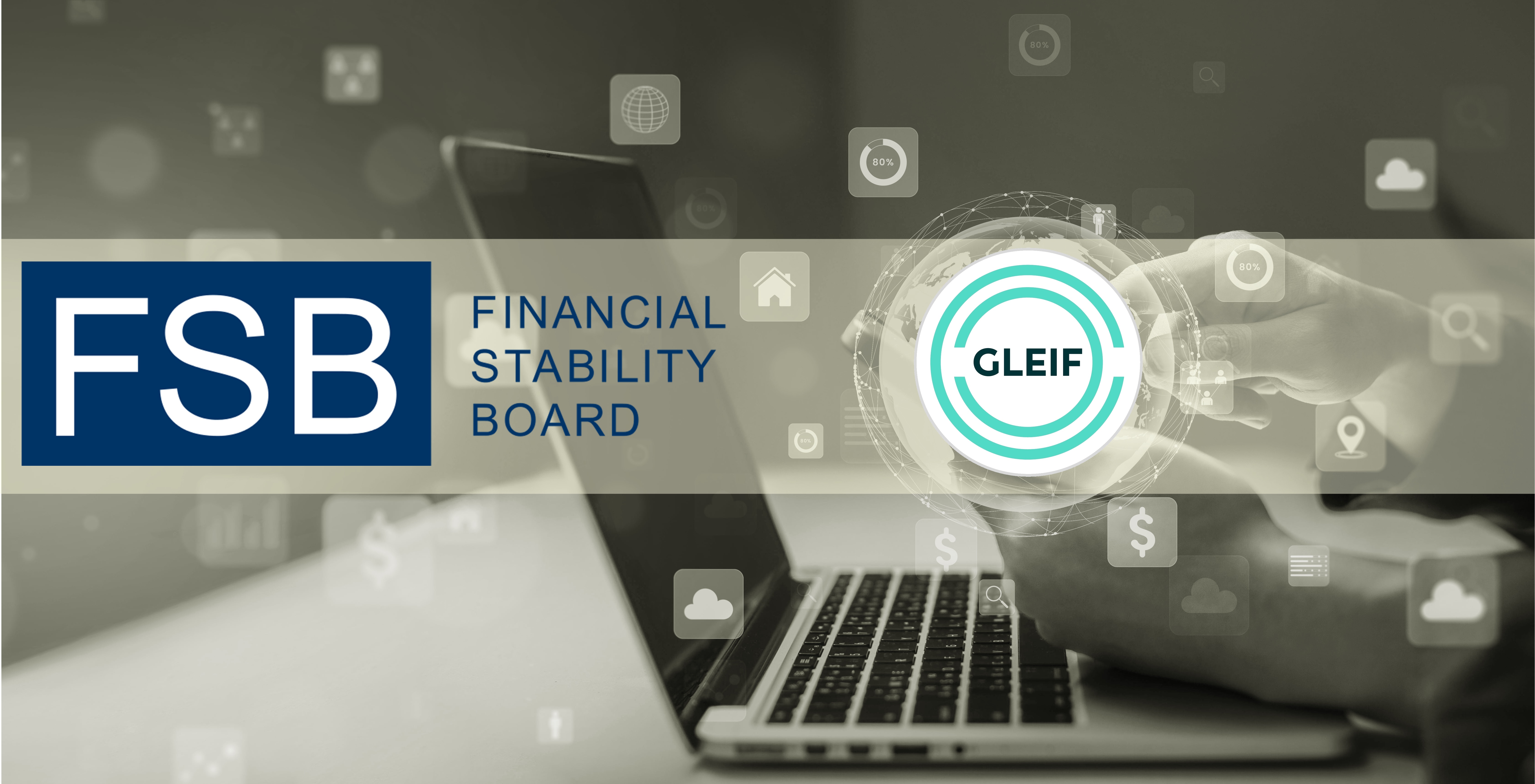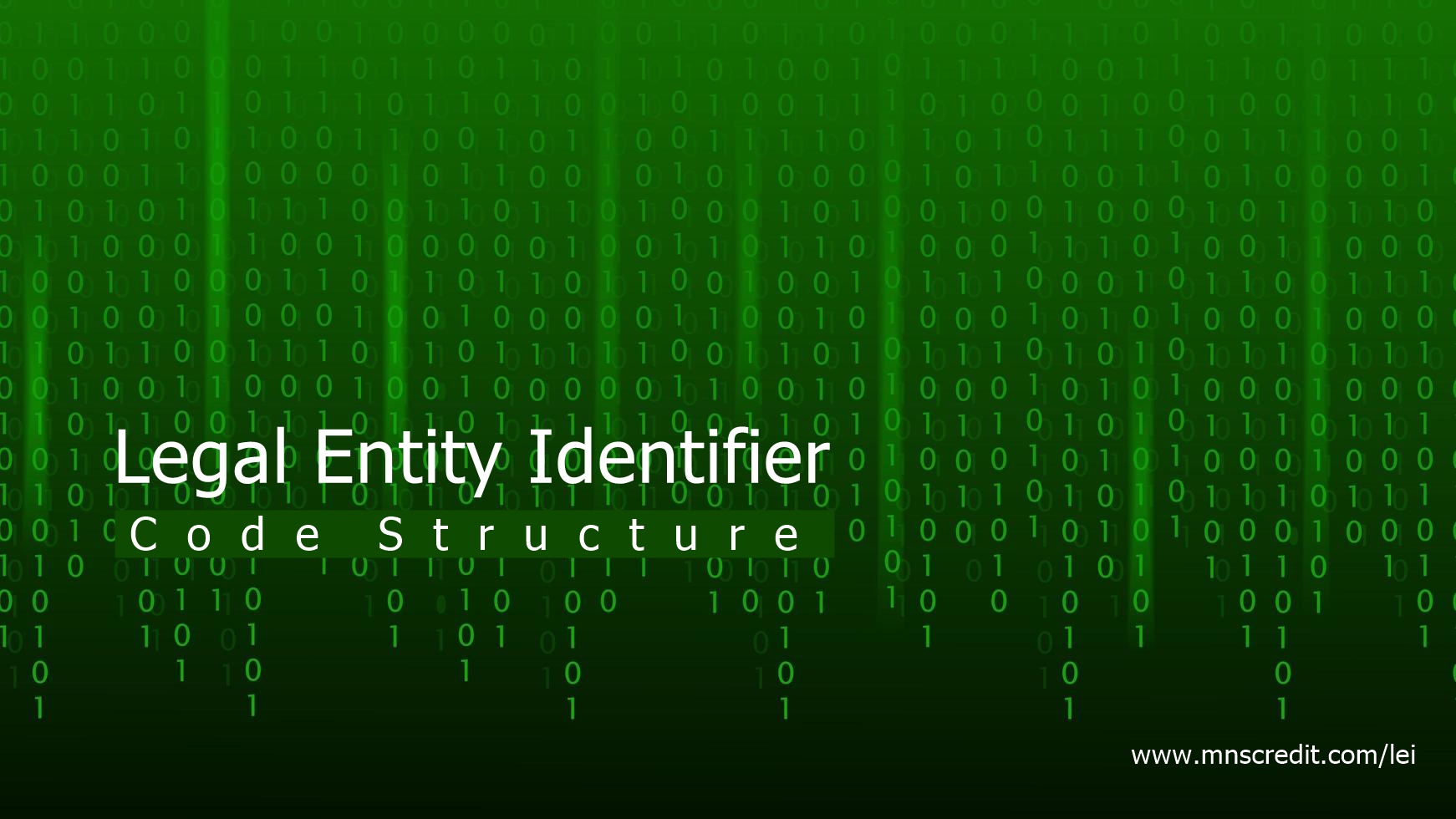A Legal Entity Identifier (LEI) is a unique 20-character code used to identify legal entities participating in financial transactions. It is designed to provide clarity and transparency by clearly distinguishing one entity from another across the global marketplace. The LEI system is overseen by the Global Legal Entity Identifier Foundation (GLEIF) and is intended to be used across all jurisdictions worldwide.
An LEI is primarily used by businesses and organizations in the financial sector to track, report, and identify legal entities involved in financial transactions. This system helps regulators, banks, and other institutions ensure that financial markets are transparent, traceable, and free from fraud or market manipulation.
An LEI code is structured to include:
MNS's Legal Entity Identifier (LEI): 335800A8BMKQJ84CVX34
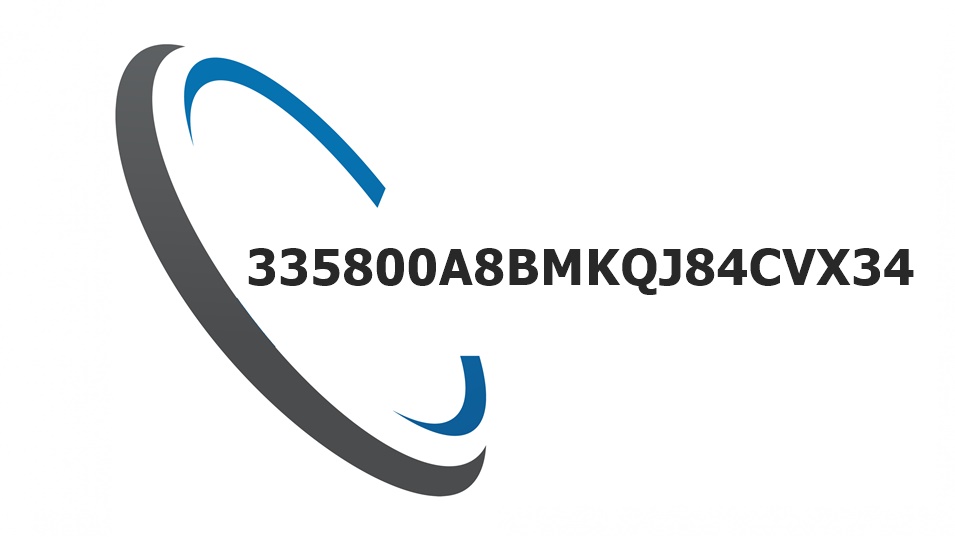
Transparency: The LEI helps regulators, investors, and other stakeholders verify the identity of entities involved in financial transactions. This leads to a more transparent financial system.
Risk Management: By providing a standardized way to track entities across markets, the LEI helps identify risks and monitor the exposure of market participants. It enhances the ability to manage systemic risk in global financial markets.
Regulatory Compliance: Many regulatory frameworks require the use of the LEI for financial reporting and transactions. This is particularly true in the European Union, under regulations like EMIR (European Market Infrastructure Regulation), and in the United States under Dodd-Frank.
Data Quality: The LEI system improves the quality of financial data, enabling more accurate and efficient reporting, monitoring, and analysis of market activities.
The LEI is assigned to an entity after a registration process carried out by an authorised Local Operating Unit (LOU). This unique code is structured in a way that follows a globally recognised standard, ensuring it is distinct and traceable.
The LEI consists of 20 alphanumeric characters:
The first four characters represent the entity's issuing LOU.
The next 12 characters are the entity's unique identifier.
The final four characters act as a checksum to ensure the identifier is valid.
This structure helps ensure the uniqueness and accuracy of each LEI, enabling easy verification and monitoring of entities in financial systems.
LEIs are issued by accredited Local Operating Units (LOUs). The process involves:
The Global LEI System (GLEIS) comprises:
The LEI number is primarily used by organizations involved in financial markets, including:
In many cases, entities must have an LEI to comply with regulatory reporting requirements, especially for financial institutions and organizations participating in cross-border financial transactions.
Obtaining an LEI involves the following steps:
Choose a Local Operating Unit (LOU): The first step is to select an LOU authorized to issue LEIs. These units are typically organizations like trade associations or regulatory bodies.
Provide Required Information: The entity applying for an LEI will need to provide various business details, such as the name, registration number, legal status, and address.
Pay Fees: There is typically a fee associated with obtaining and renewing an LEI. The fees may vary depending on the LOU.
Receive the LEI: Once the application is processed, the LOU will issue the LEI, and it will be included in the global LEI database, making it publicly accessible.
The LEI system is a cornerstone of financial transparency and risk management in the global marketplace. By providing a unique identifier for legal entities, it enhances trust, simplifies regulatory compliance, and supports efficient financial operations.
Frequently Asked Questions(FAQ):
Q1: What does LEI stand for?
A1: LEI stands for Legal Entity Identifier. It is a globally unique 20-character alphanumeric code used to identify legal entities engaged in financial transactions.
Q2: Why was the LEI system introduced?
A2: The LEI system is intended to increase transparency in global financial markets, enabling regulators, financial firms and other interested parties to easily identify who is who (“who is who”) and who owns whom, which the 2008/09 crisis revealed had been an important unmet need in being able to identify exposure and risk across entities.
Q3: Is an LEI mandatory?
A3: Whether an LEI is required will vary according to regulatory requirements and the type of transaction, entity or counterparty in your jurisdiction. Most countries/regulators mandate LEIs for derivative deals, large cross-border transactions, regulatory reporting, etc.
Q4: Is LEI data public?
A4: Yes. As such, the information related to LEIs is stored in a global public database operated by GLEIF. LEI reference data is free to access and anyone can search for LEI based reference data.
Q5: Where can I download my LEI certificate?
A5: Once your LEI is issued, you can download the LEI certificate from the Local Operating Unit (LOU) where you registered. The certificate includes your LEI code, legal name, registration information, and validity period.
Q6: How can I search for an LEI?
A6: You can perform an LEI code search using the Global Legal Entity Identifier Foundation (GLEIF) website or other authorized platforms. By entering the LEI number or entity name, you can find the corresponding registration details, including the legal entity's name, issuing LOU, and registration status.
Q7: Who needs an LEI number in India?
A7: In India, financial institutions, banks, investment firms, insurance companies, hedge funds, and other entities involved in financial transactions, trading, or issuing securities need an LEI number. It is also required for corporations and government bodies participating in cross-border financial transactions or markets. The LEI is necessary for regulatory reporting and compliance, especially under frameworks like SEBI regulations and other financial market standards.
Recommended Read:


